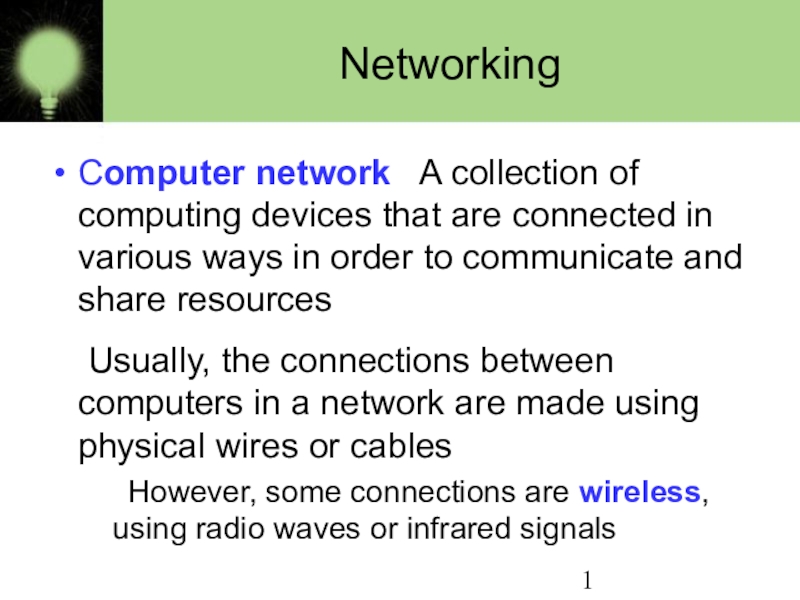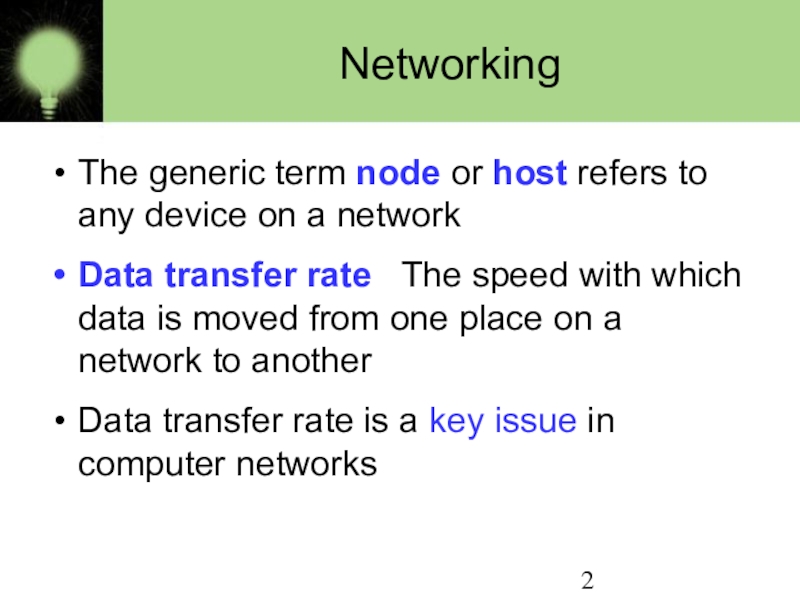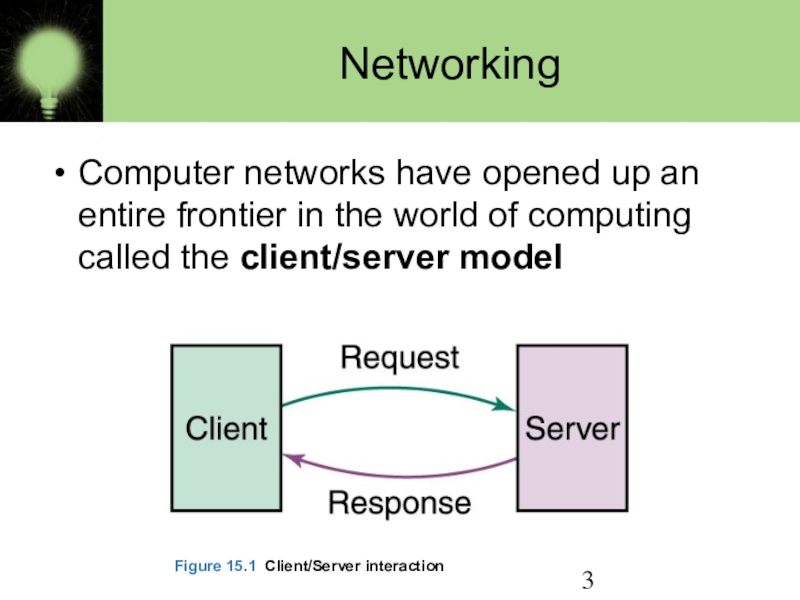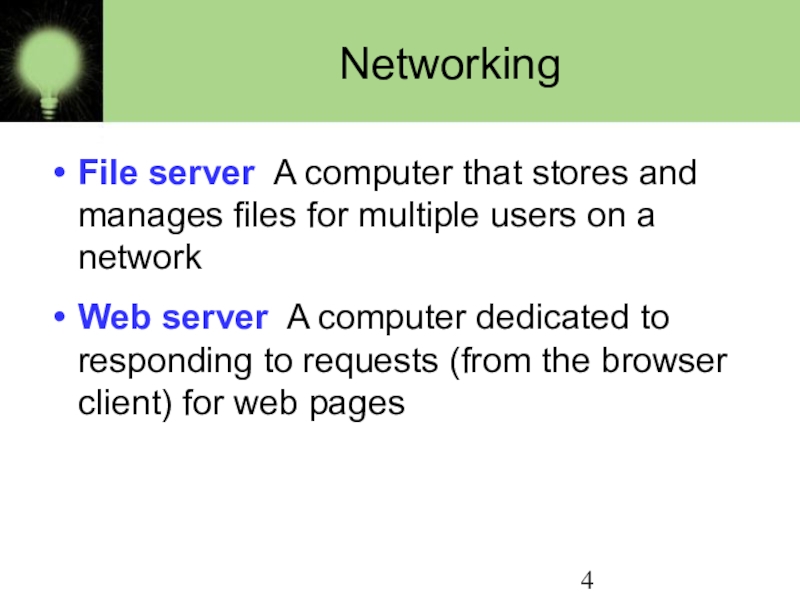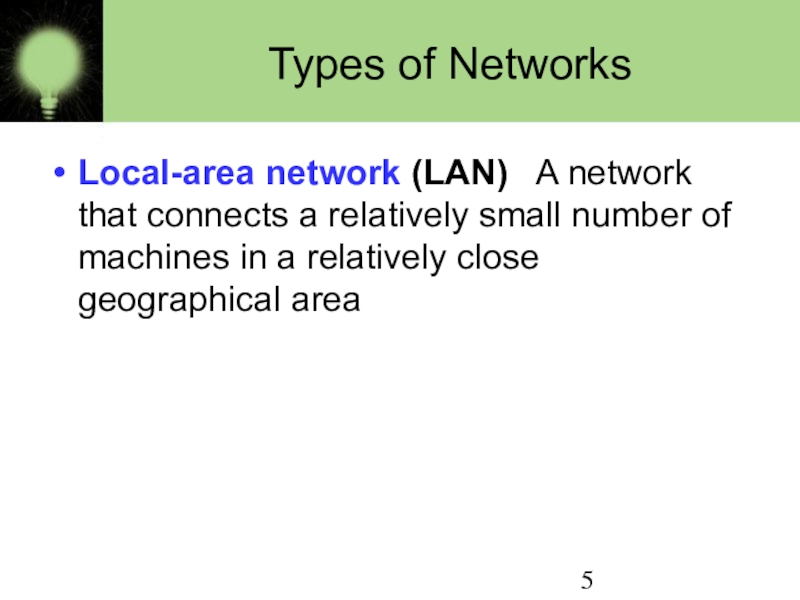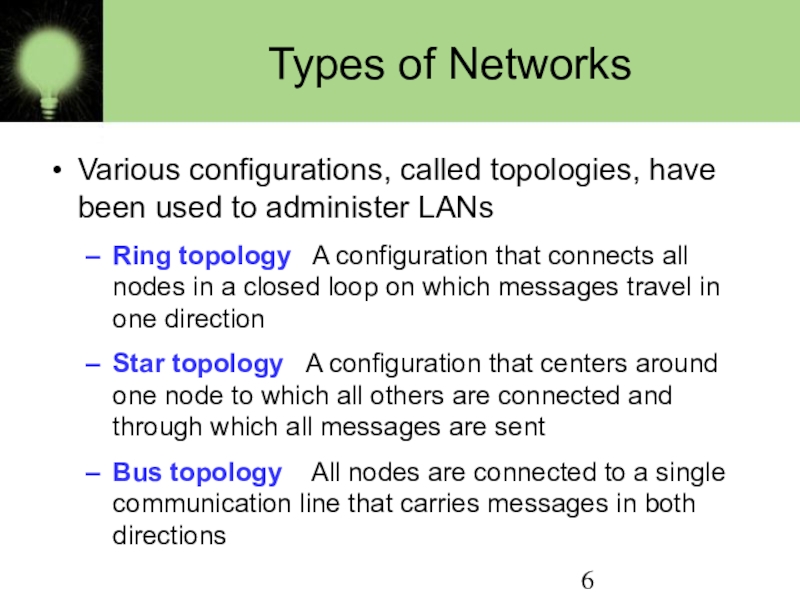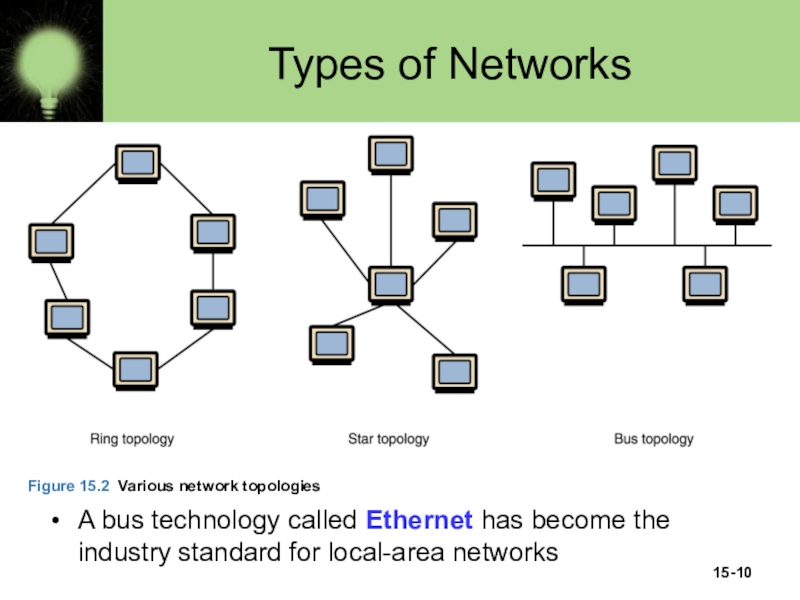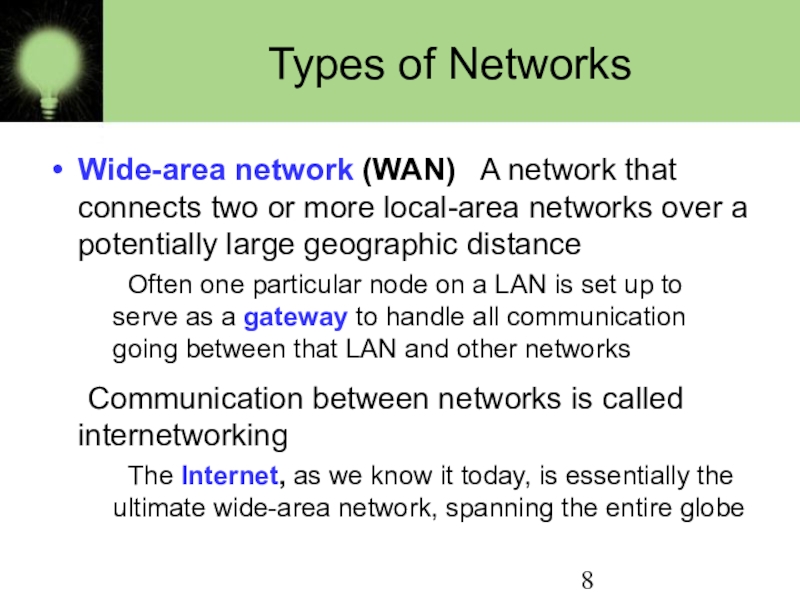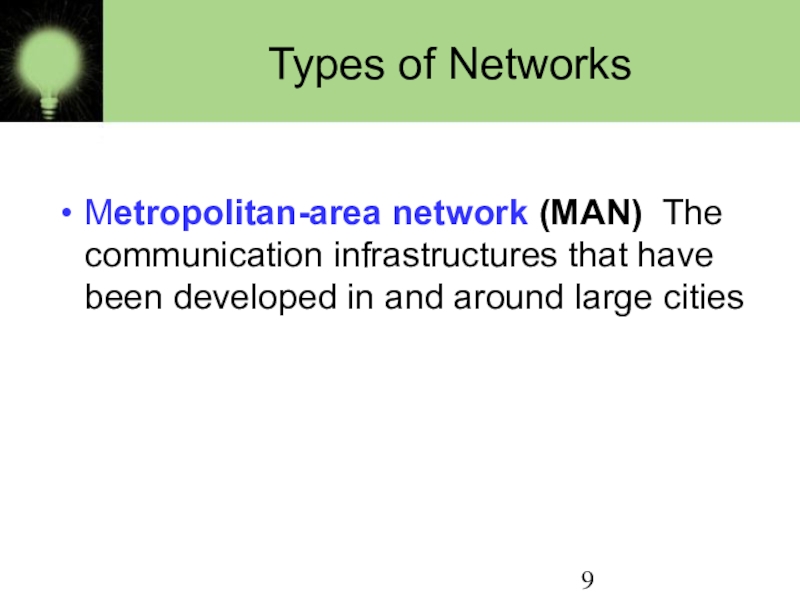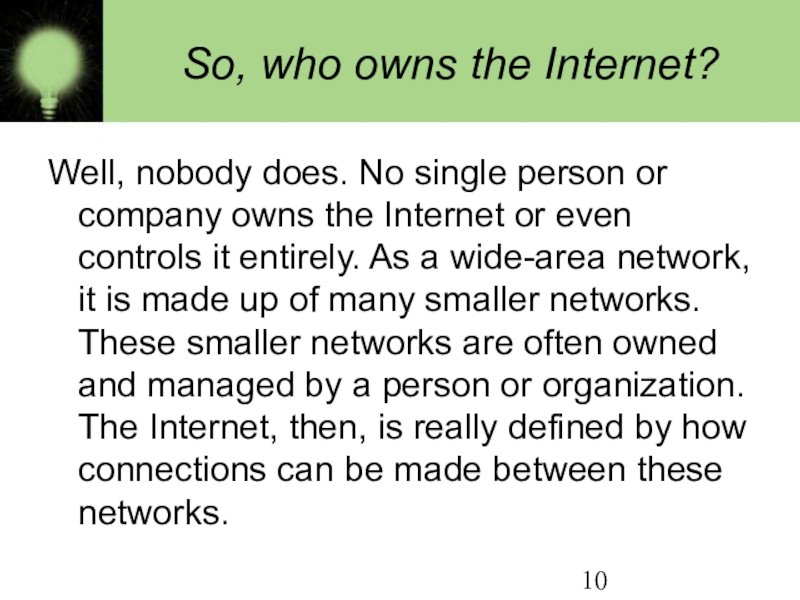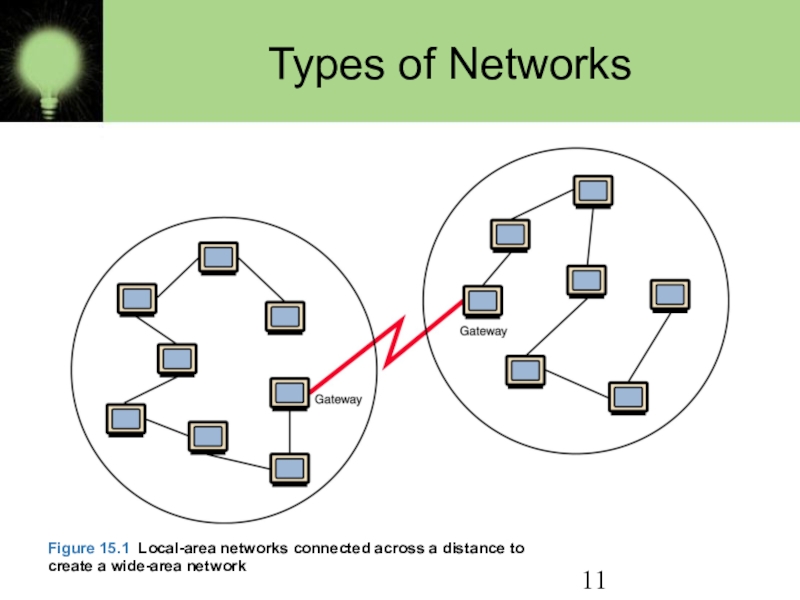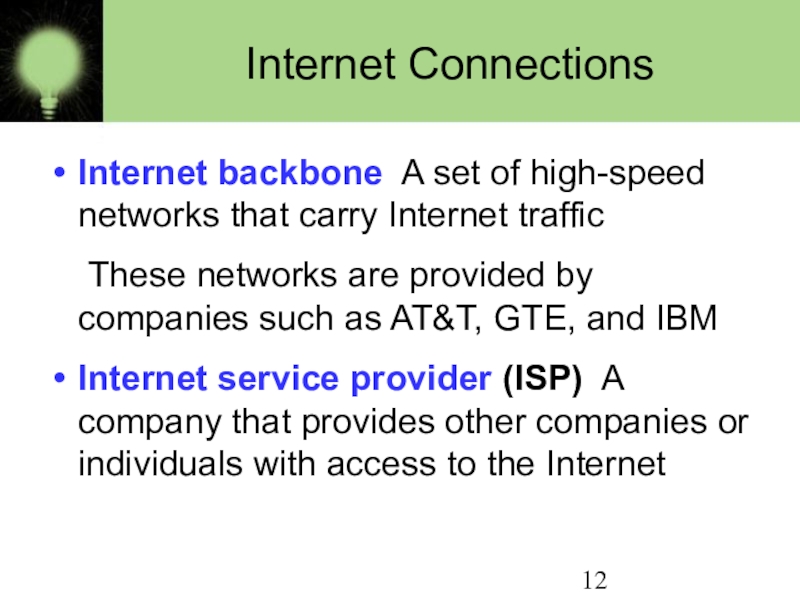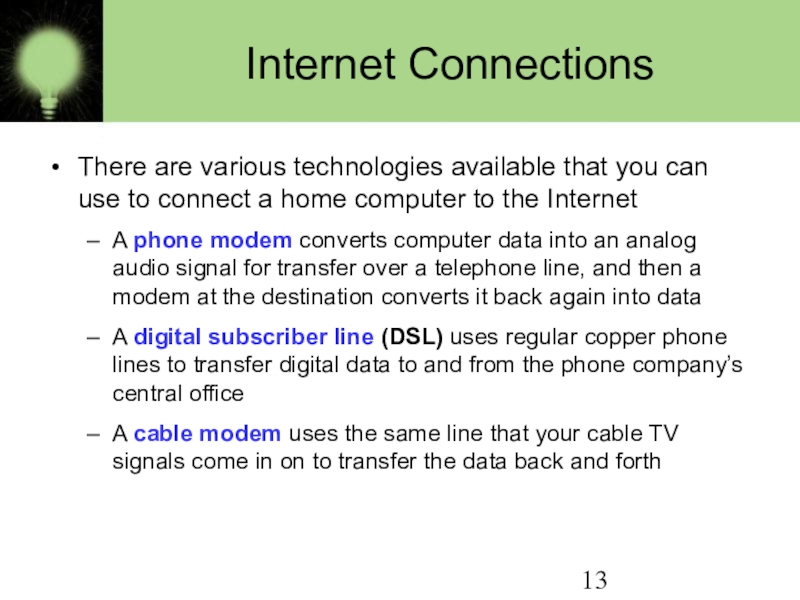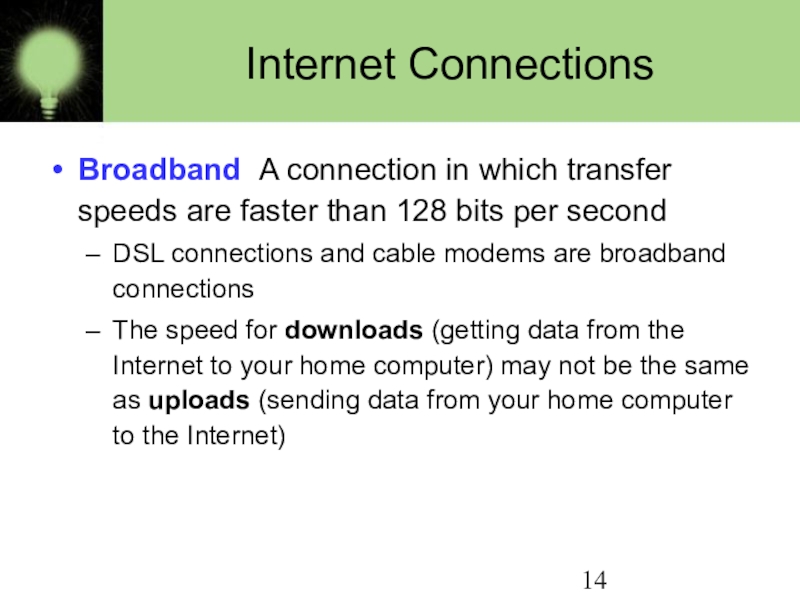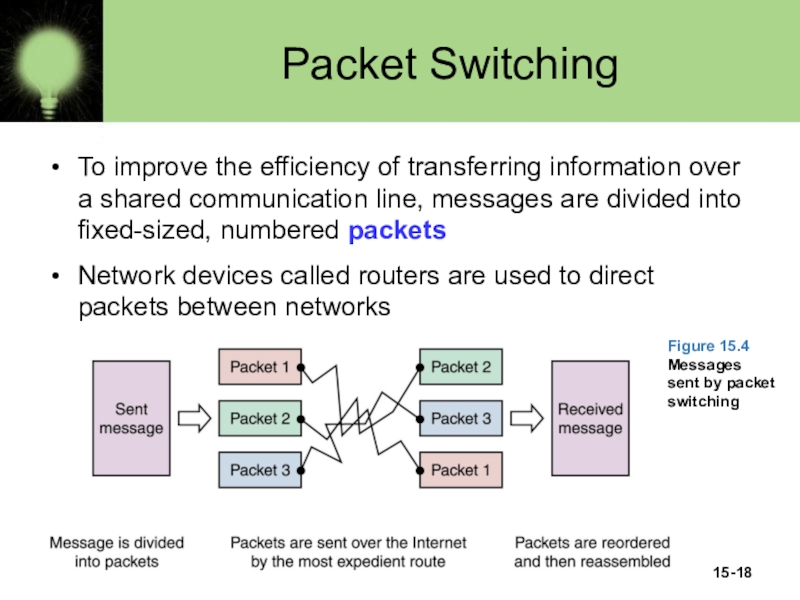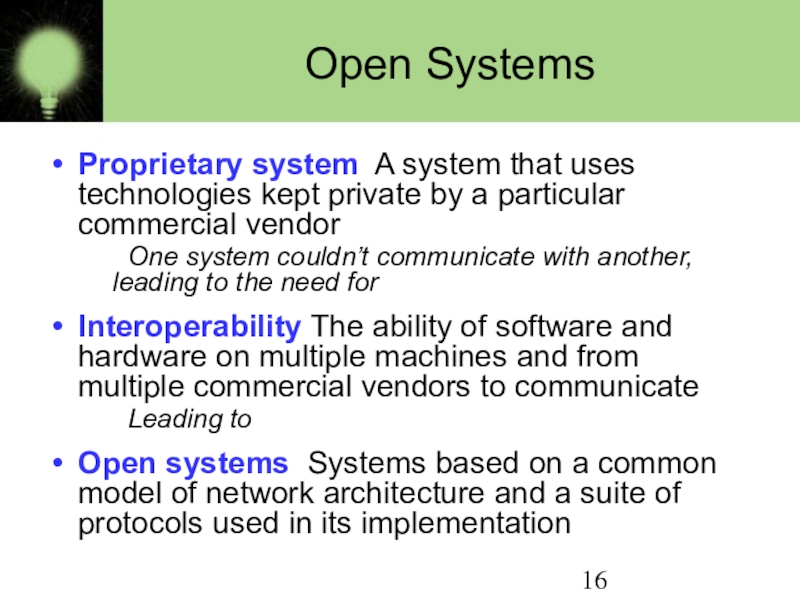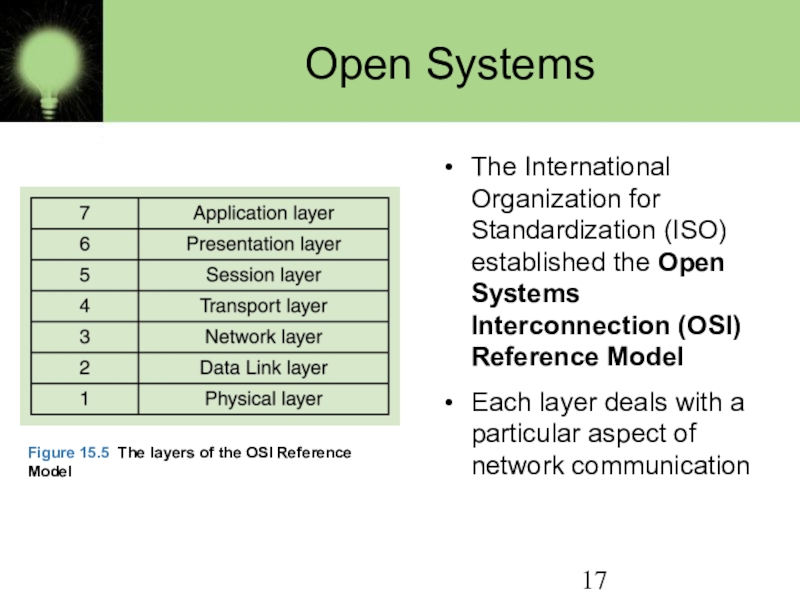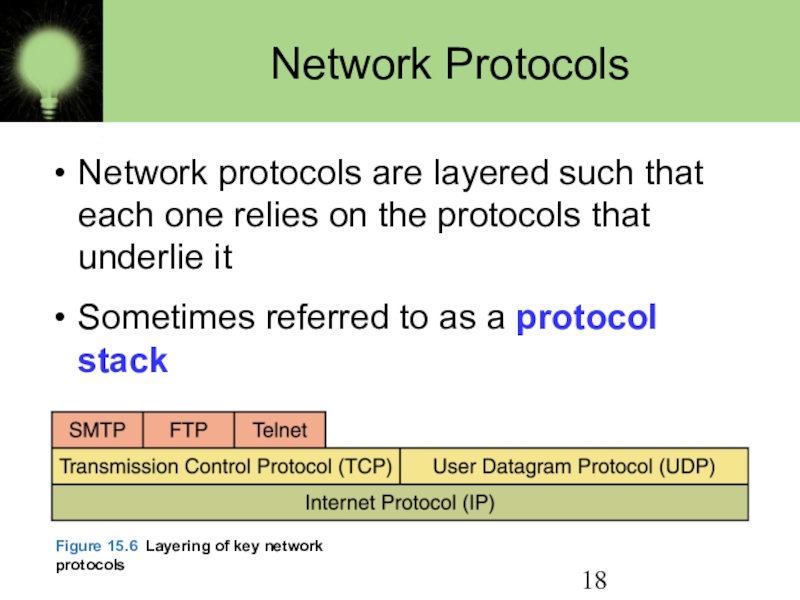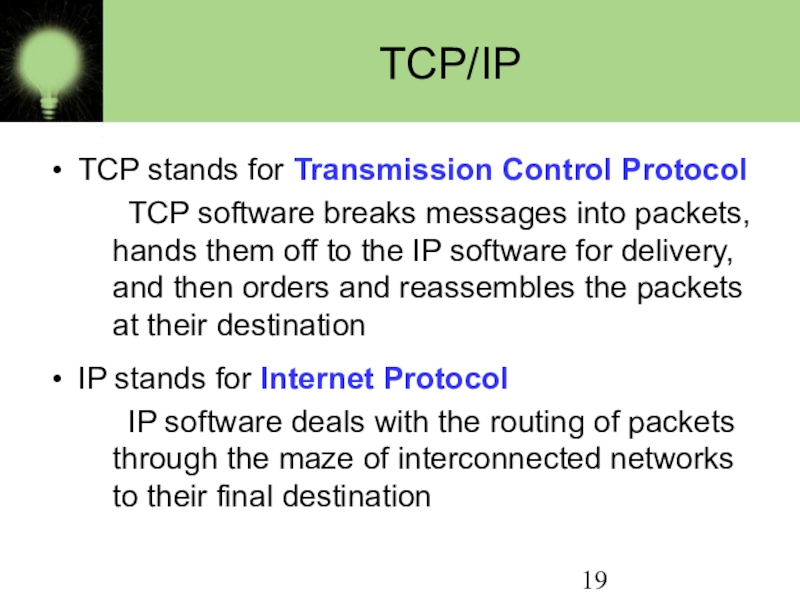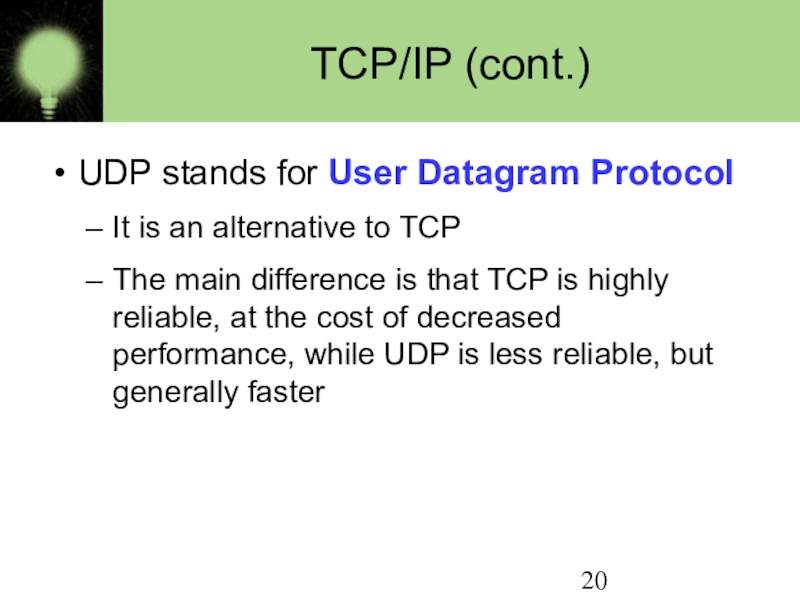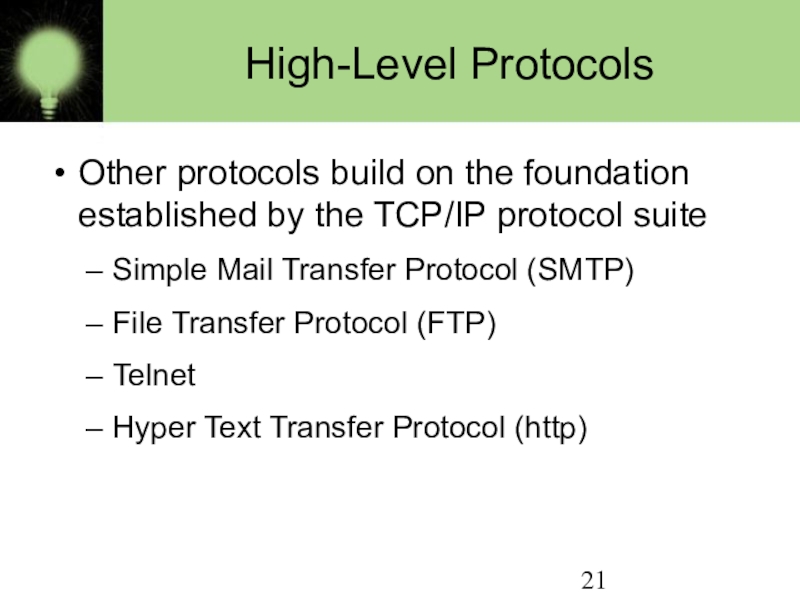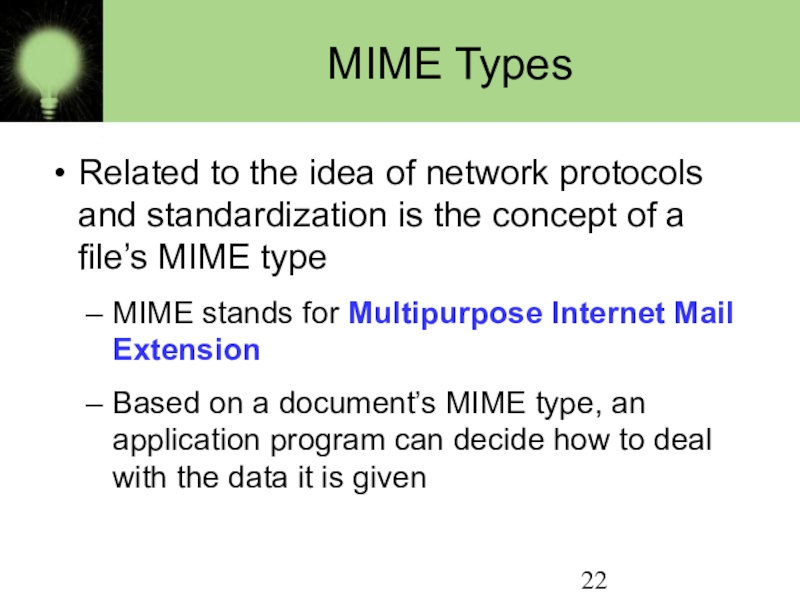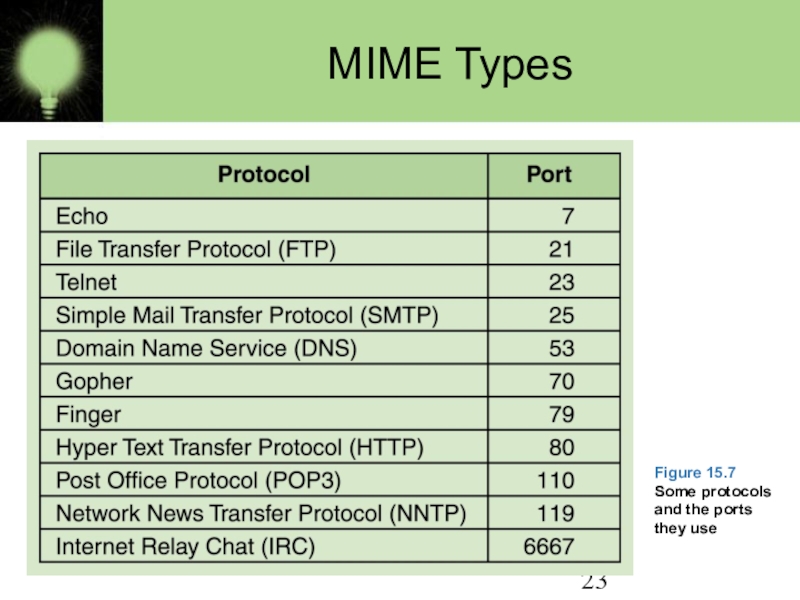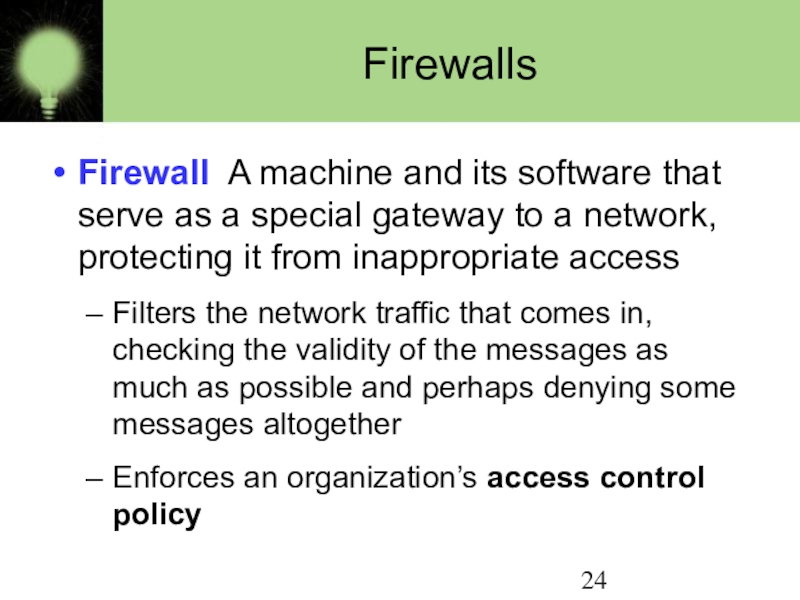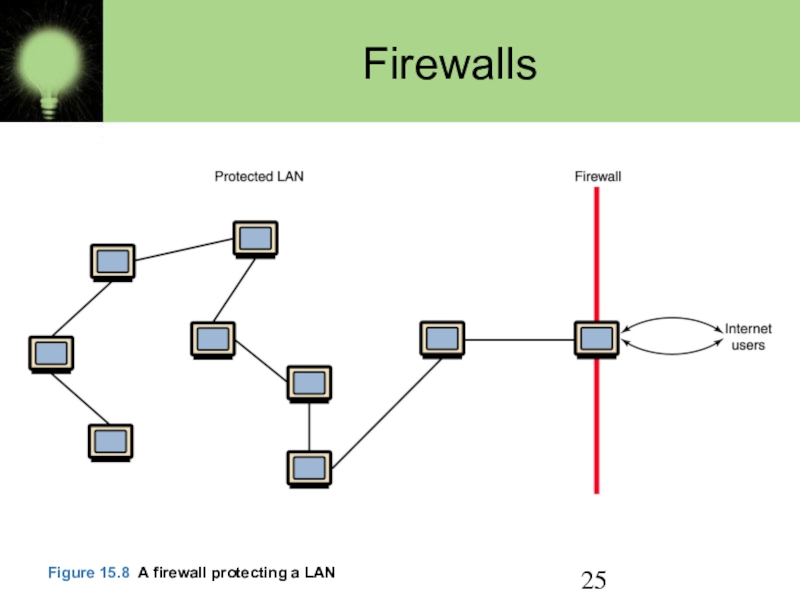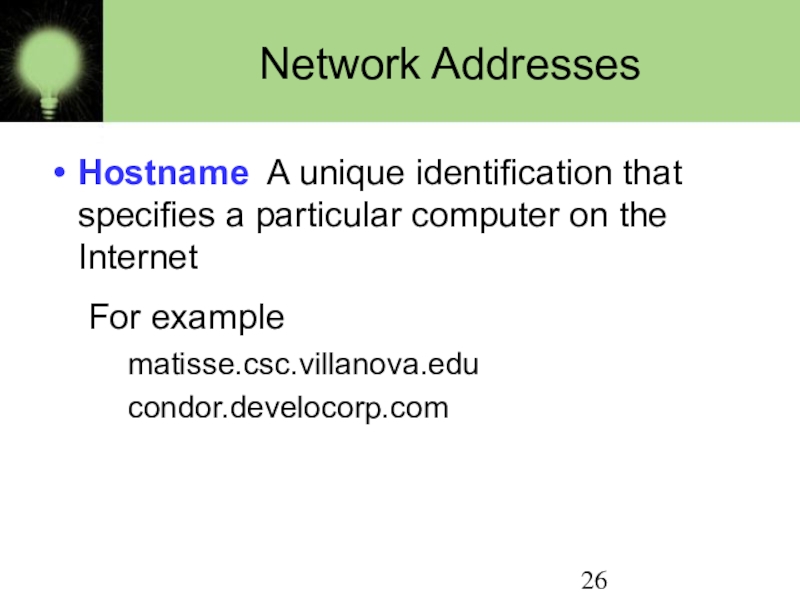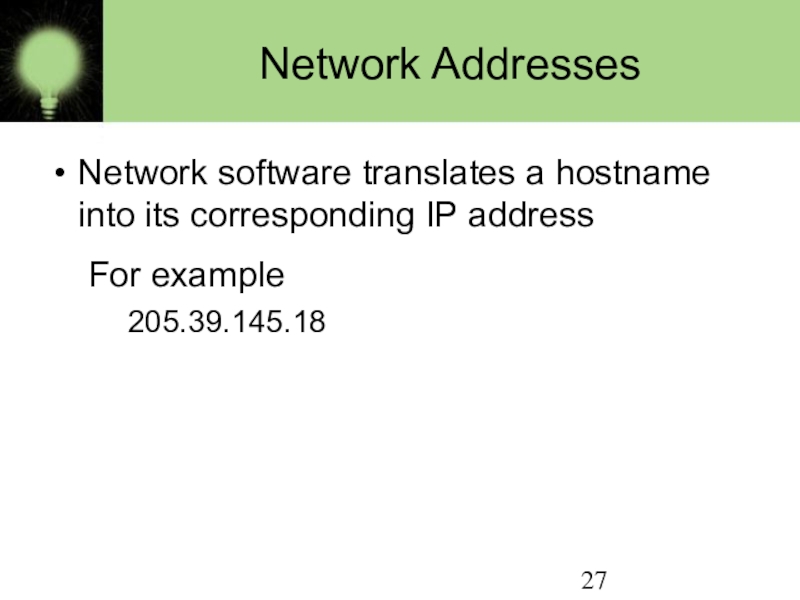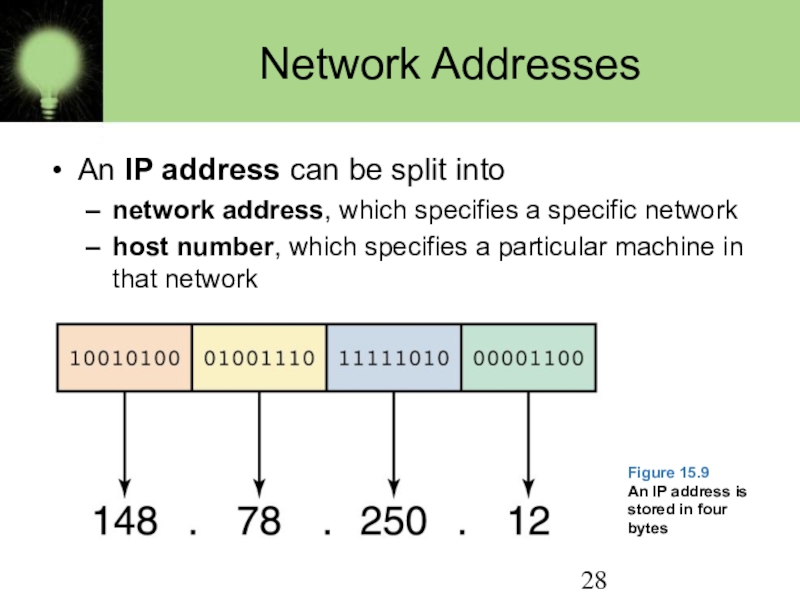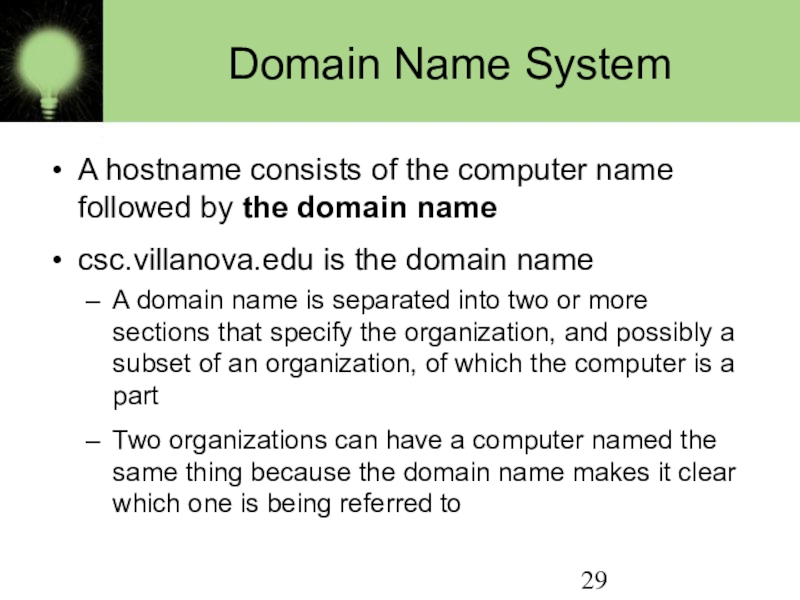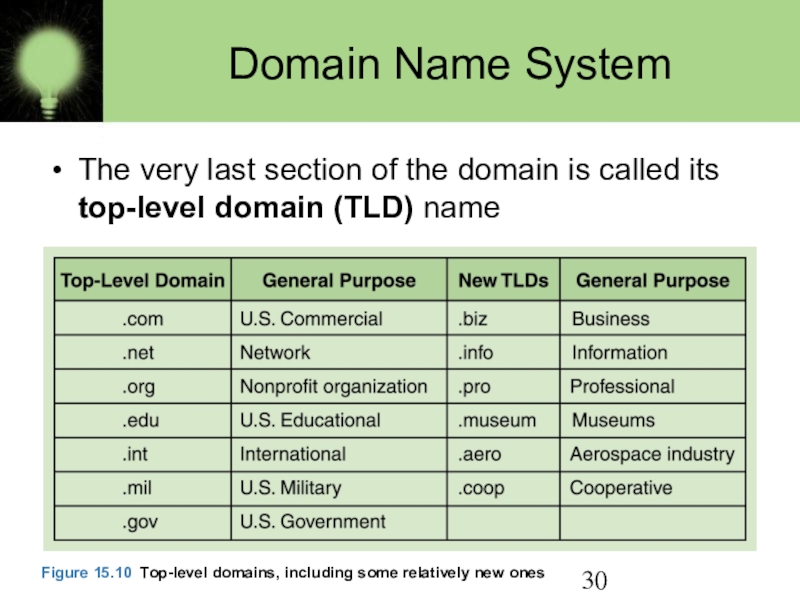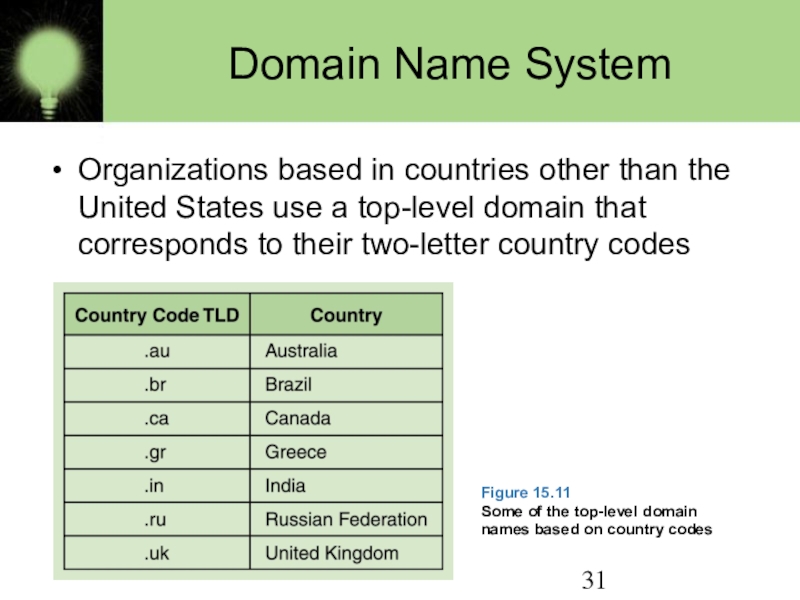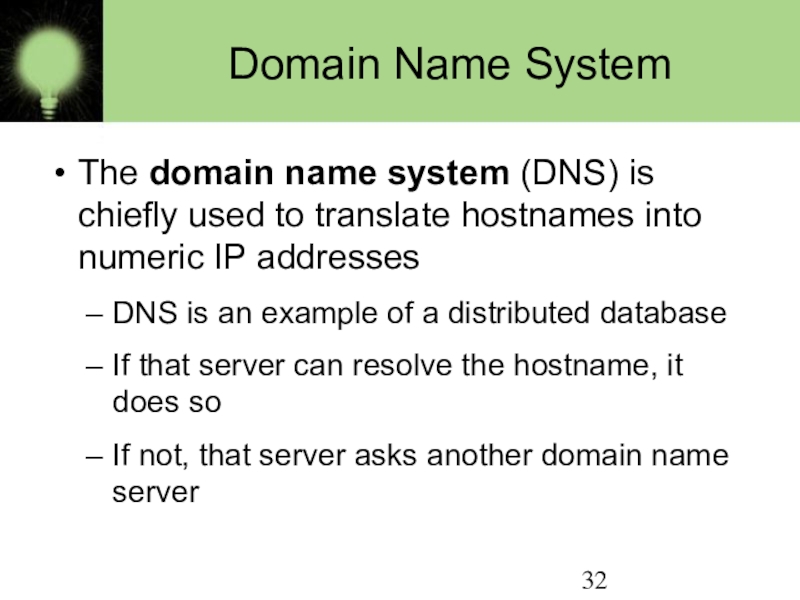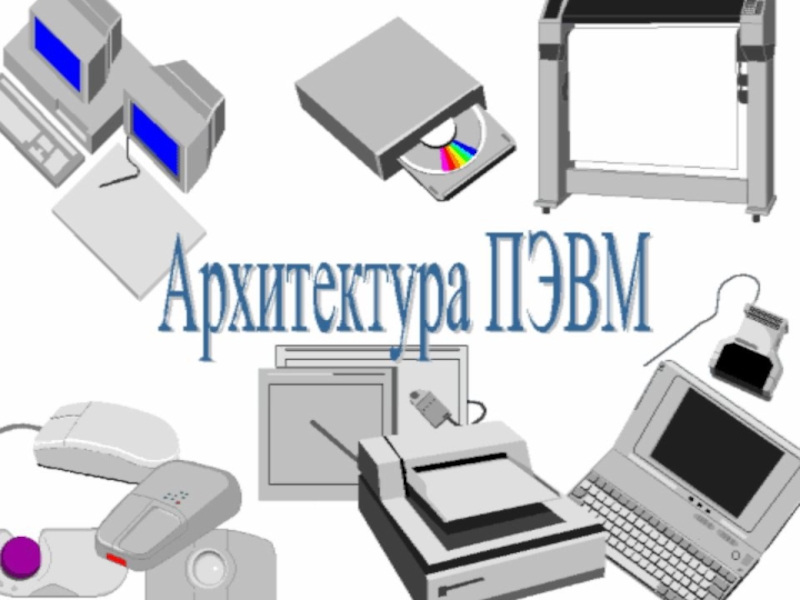- Главная
- Разное
- Образование
- Спорт
- Естествознание
- Природоведение
- Религиоведение
- Французский язык
- Черчение
- Английский язык
- Астрономия
- Алгебра
- Биология
- География
- Геометрия
- Детские презентации
- Информатика
- История
- Литература
- Математика
- Музыка
- МХК
- Немецкий язык
- ОБЖ
- Обществознание
- Окружающий мир
- Педагогика
- Русский язык
- Технология
- Физика
- Философия
- Химия
- Шаблоны, фоны, картинки для презентаций
- Экология
- Экономика
Презентация, доклад на тему Презинтация ағылшын тілінде Network (8 класс)
Содержание
- 1. Презинтация ағылшын тілінде Network (8 класс)
- 2. NetworkingThe generic term node or host refers
- 3. NetworkingComputer networks have opened up an entire
- 4. NetworkingFile server A computer that stores and
- 5. Types of NetworksLocal-area network (LAN) A
- 6. Types of NetworksVarious configurations, called topologies, have
- 7. Types of NetworksA bus technology called Ethernet
- 8. Types of NetworksWide-area network (WAN) A
- 9. Types of NetworksMetropolitan-area network (MAN) The communication
- 10. So, who owns the Internet?Well, nobody does.
- 11. Types of NetworksFigure 15.1 Local-area networks connected across a distance to create a wide-area network
- 12. Internet ConnectionsInternet backbone A set of high-speed
- 13. Internet ConnectionsThere are various technologies available that
- 14. Internet ConnectionsBroadband A connection in which transfer
- 15. Packet SwitchingTo improve the efficiency of transferring
- 16. Open SystemsProprietary system A system that uses
- 17. Open SystemsThe International Organization for Standardization (ISO)
- 18. Network ProtocolsNetwork protocols are layered such that
- 19. TCP/IPTCP stands for Transmission Control Protocol TCP software
- 20. TCP/IP (cont.)UDP stands for User Datagram ProtocolIt
- 21. High-Level ProtocolsOther protocols build on the foundation
- 22. MIME TypesRelated to the idea of network
- 23. MIME TypesFigure 15.7 Some protocols and the ports they use
- 24. FirewallsFirewall A machine and its software that
- 25. FirewallsFigure 15.8 A firewall protecting a LAN
- 26. Network AddressesHostname A unique identification that specifies a particular computer on the Internet For example matisse.csc.villanova.edu condor.develocorp.com
- 27. Network AddressesNetwork software translates a hostname into its corresponding IP address For example 205.39.145.18
- 28. Network AddressesAn IP address can be split
- 29. Domain Name SystemA hostname consists of the
- 30. Domain Name SystemThe very last section of
- 31. Domain Name SystemOrganizations based in countries other
- 32. Domain Name SystemThe domain name system (DNS)
Слайд 1Networking
Computer network A collection of computing devices that are connected
Usually, the connections between computers in a network are made using physical wires or cables
However, some connections are wireless, using radio waves or infrared signals
Слайд 2Networking
The generic term node or host refers to any device on
Data transfer rate The speed with which data is moved from one place on a network to another
Data transfer rate is a key issue in computer networks
Слайд 3Networking
Computer networks have opened up an entire frontier in the world
Figure 15.1 Client/Server interaction
Слайд 4Networking
File server A computer that stores and manages files for multiple
Web server A computer dedicated to responding to requests (from the browser client) for web pages
Слайд 5Types of Networks
Local-area network (LAN) A network that connects a
Слайд 6Types of Networks
Various configurations, called topologies, have been used to administer
Ring topology A configuration that connects all nodes in a closed loop on which messages travel in one direction
Star topology A configuration that centers around one node to which all others are connected and through which all messages are sent
Bus topology All nodes are connected to a single communication line that carries messages in both directions
Слайд 7Types of Networks
A bus technology called Ethernet has become the industry
Figure 15.2 Various network topologies
15-10
Слайд 8Types of Networks
Wide-area network (WAN) A network that connects two
Often one particular node on a LAN is set up to serve as a gateway to handle all communication going between that LAN and other networks
Communication between networks is called internetworking
The Internet, as we know it today, is essentially the ultimate wide-area network, spanning the entire globe
Слайд 9Types of Networks
Metropolitan-area network (MAN) The communication infrastructures that have been
Слайд 10So, who owns the Internet?
Well, nobody does. No single person or
Слайд 11Types of Networks
Figure 15.1 Local-area networks connected across a distance to
Слайд 12Internet Connections
Internet backbone A set of high-speed networks that carry Internet
These networks are provided by companies such as AT&T, GTE, and IBM
Internet service provider (ISP) A company that provides other companies or individuals with access to the Internet
Слайд 13Internet Connections
There are various technologies available that you can use to
A phone modem converts computer data into an analog audio signal for transfer over a telephone line, and then a modem at the destination converts it back again into data
A digital subscriber line (DSL) uses regular copper phone lines to transfer digital data to and from the phone company’s central office
A cable modem uses the same line that your cable TV signals come in on to transfer the data back and forth
Слайд 14Internet Connections
Broadband A connection in which transfer speeds are faster than
DSL connections and cable modems are broadband connections
The speed for downloads (getting data from the Internet to your home computer) may not be the same as uploads (sending data from your home computer to the Internet)
Слайд 15Packet Switching
To improve the efficiency of transferring information over a shared
Network devices called routers are used to direct packets between networks
Figure 15.4
Messages sent by packet switching
15-18
Слайд 16Open Systems
Proprietary system A system that uses technologies kept private by
One system couldn’t communicate with another, leading to the need for
Interoperability The ability of software and hardware on multiple machines and from multiple commercial vendors to communicate
Leading to
Open systems Systems based on a common model of network architecture and a suite of protocols used in its implementation
Слайд 17Open Systems
The International Organization for Standardization (ISO) established the Open Systems
Each layer deals with a particular aspect of network communication
Figure 15.5 The layers of the OSI Reference Model
Слайд 18Network Protocols
Network protocols are layered such that each one relies on
Sometimes referred to as a protocol stack
Figure 15.6 Layering of key network protocols
Слайд 19TCP/IP
TCP stands for Transmission Control Protocol
TCP software breaks messages into packets,
IP stands for Internet Protocol
IP software deals with the routing of packets through the maze of interconnected networks to their final destination
Слайд 20TCP/IP (cont.)
UDP stands for User Datagram Protocol
It is an alternative to
The main difference is that TCP is highly reliable, at the cost of decreased performance, while UDP is less reliable, but generally faster
Слайд 21High-Level Protocols
Other protocols build on the foundation established by the TCP/IP
Simple Mail Transfer Protocol (SMTP)
File Transfer Protocol (FTP)
Telnet
Hyper Text Transfer Protocol (http)
Слайд 22MIME Types
Related to the idea of network protocols and standardization is
MIME stands for Multipurpose Internet Mail Extension
Based on a document’s MIME type, an application program can decide how to deal with the data it is given
Слайд 24Firewalls
Firewall A machine and its software that serve as a special
Filters the network traffic that comes in, checking the validity of the messages as much as possible and perhaps denying some messages altogether
Enforces an organization’s access control policy
Слайд 26Network Addresses
Hostname A unique identification that specifies a particular computer on
For example
matisse.csc.villanova.edu
condor.develocorp.com
Слайд 27Network Addresses
Network software translates a hostname into its corresponding IP address
For
205.39.145.18
Слайд 28Network Addresses
An IP address can be split into
network address, which specifies
host number, which specifies a particular machine in that network
Figure 15.9
An IP address is stored in four bytes
Слайд 29Domain Name System
A hostname consists of the computer name followed by
csc.villanova.edu is the domain name
A domain name is separated into two or more sections that specify the organization, and possibly a subset of an organization, of which the computer is a part
Two organizations can have a computer named the same thing because the domain name makes it clear which one is being referred to
Слайд 30Domain Name System
The very last section of the domain is called
Figure 15.10 Top-level domains, including some relatively new ones
Слайд 31Domain Name System
Organizations based in countries other than the United States
Figure 15.11
Some of the top-level domain names based on country codes
Слайд 32Domain Name System
The domain name system (DNS) is chiefly used to
DNS is an example of a distributed database
If that server can resolve the hostname, it does so
If not, that server asks another domain name server
